#pacific stone
Photo
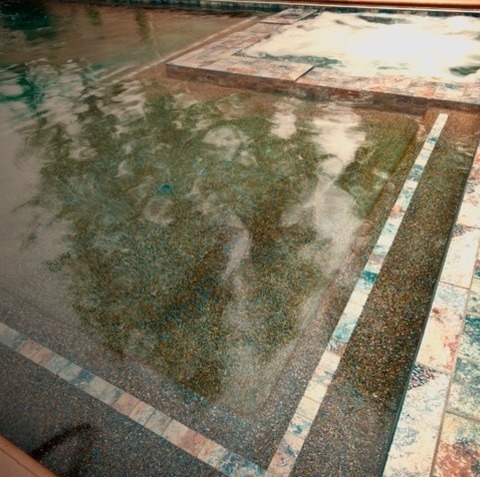
Pool Lap in Los Angeles
Example of a mid-sized island style backyard concrete and rectangular lap hot tub design
0 notes
Photo

Los Angeles Pool
Inspiration for a mid-sized tropical backyard concrete and rectangular lap water slide remodel
0 notes
Photo

Patio Concrete Slab in Orange County
#Inspiration for a mid-sized mediterranean backyard concrete patio remodel with a pergola grass#bbq island#bar stools#container garden#pacific stone
0 notes
Text
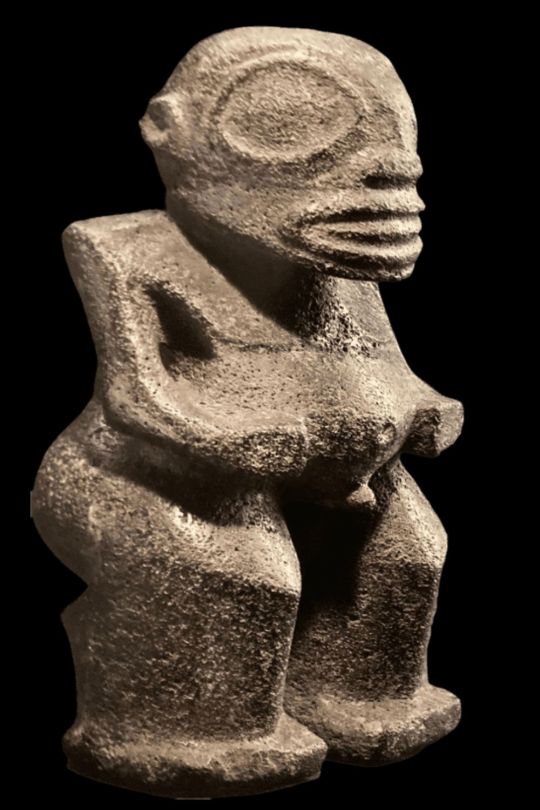
Polynesian Art: Marquesan Basalt Tiki
130 notes
·
View notes
Text
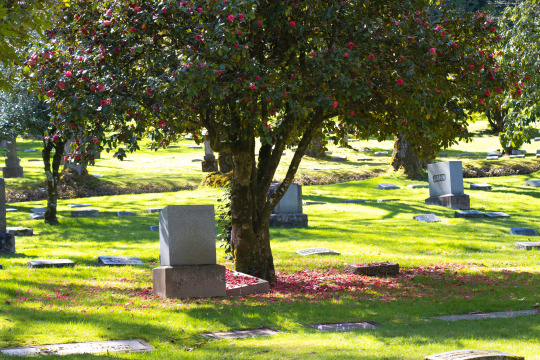
Greenwood Hills Cemetery is absolutely beautiful. It's a place that I wouldn't mind being laid to rest at.
#god's creation#photography#canon#canon photography#pacific northwest#nature#nature photography#amateur photography#pnw#pnw photography#travel#travel photography#landscape#landscape photography#cemetery#grave marker#grave stone#roses#flowers#grass#outdoor photography#outdoors#canon90d#my photography#original photography#hobby photographer#wanderlust#sunlight photography#sunlight#trees
20 notes
·
View notes
Text

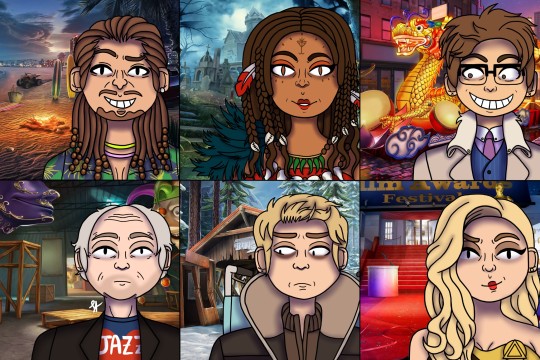
Yesterday was the 11th anniversary of Criminal Case so I redrew some drawings from last year 💖
#criminal case#criminal case fanart#criminal case pacific bay#criminal case grimsborough#tony marconi#alden greene#margaret littlewood#tess goodwin#samuel king#milton grimmes#derek stone#erikah mabayo#rupert snow#freddie alonzo#duncan young#velma bannister
30 notes
·
View notes
Text
I forgot that Eirika is actually pretty sheltered. Honestly, I'd argue she's about as sheltered as Corrin was, just the latter was forced into seclusion as opposed to Eirika more or less being raised like you'd expect a stereotypical princess to be raised.
Just the first two chapters establish that, while not incompetent, Eirika's incredibly inexperienced to the point where she doesn't gain people's faith in her decisions until her stubbornness comes out. Even Tana, who's arguably even more coddled than Eirika is, thinks it's too dangerous to try and do recon with Ephraim.
It's kind of fascinating. Knowing what I know of her character from future events, it's really interesting to see that she's kind of a 'pure canvas' so to speak. She adapts quickly, but I assume that's mostly because she hasn't had much life experience beyond what's expected of her or hanging out with other royal kids. When you live a great life with no expectation that it'd suddenly turn for the worst, you don't really have aspirations or desire for things to change at a base level. Celica and Corrin have had stifling circumstances since they were young, and they're kind and peace seeking despite that. Eirika is kind because joy and comfort was her world, before it was ripped away from her.
The closest character comparison would honestly be Marth in that aspect, but even then, she differs in that Marth had a good few years offscreen after Altea was overrun to understand how a war torn world functions, whereas Eirika's journey is what happens when you make an entire story out of learning those lessons.
I love her character very much, and I only just restarted the game!
#eirika fire emblem#fire emblem#fire emblem the sacred stones#fire emblem sacred stones#SacredScones#a drawback to this however is that it drives home how one of the few things I dislike about Engage is the flanderization of the Emblems#where many of them-mostly the women-feel indistinct from one another#eirika i feel got hit the hardest though#celica has strict pacifism and piety#corrin has decision making banter#lyn... is a genki girl i guess#lucina and micaiah are pretty faithful to their post development characterizations#but eirika's kind of left in the dust unfortunately#and they decided to make up for that by giving her inadequacy issues which isn't completely made up but definitely wasn't *that* prominent
23 notes
·
View notes
Text
Squamish BC
#is it just me or is this video#dirty for some reason#im stoned#waterfall#pnw#pacific northwest#slomo#nature#forest#hike#Squamish#Vancouver#British Columbia#mountain
16 notes
·
View notes
Text




they're drift compatible
#they pilot the giant robot together!!!!! imagine!@!!!! pacific rim AU!!!!!! IMDYING#stobotnik#agent stone#dr robotnik#jimbotnik
24 notes
·
View notes
Note
I have been wondering, since I plan to one day grow a sustainable food forest with lots of native plants, the thought of soil came up. Is there an important role to nutritionally poor soil? I ask because to my knowledge, some plants prefer certain soils and nutritionally light soils can be found in nature. I know this won't apply everywhere, but I do know there are plants adapted to at least tolerate deficient soil. When I tried looking this up I mostly got resources about crops in relation to nutritionally deficient soil.
@localcustard - Good question! So it's not so much that the poor soil plays a particular role, as the other way around--certain plants have adapted to growing in poor soil or other harsh conditions.
One example would be pioneer species, like certain mosses, ferns, grasses, various annuals, etc. that are able to colonize recently disturbed areas that may not have very good soil. Even later arrivals like early succession shrubs and trees may be able to handle poor soil. Generally these plants are able to subsist with fewer nutrients than other species. Many of them are nitrogen fixers, meaning they cooperate with soil bacteria that draw nitrogen from the air and turn it into a form that is more accessible to plants. Often the plants will have nodules in their roots or other tissues where these bacteria live; the bacteria get a safe place to live and access to sugars the plant makes through photosynthesis, and the plants get crucial access to nitrogen.
As these plants die, the nitrogen still stored in their tissues disseminates into the soil, making it accessible to later-succession plants that cannot fix nitrogen themselves. A good example is the red alder tree (Alnus rubra), a common first-succession tree here in the Pacific Northwest. It is a nitrogen fixer, and paves the way for later-succession conifers in many forests here. Historically timber companies have sprayed alders with herbicides when they pop up a few years after a clearcut because they didn't want the alders competing with the young Douglas fir (Pseudotsuga menziesii) (or whatever trees the timber people replanted with) for resources. However, more recent research shows that the conifers grow better when the alders are allowed to grow, in part due to the nitrogen, as well as connections through the soil microbiome (more about that in a minute.)
Another example of plants living in poor soil is plant communities that are adapted to harsh environmental conditions. One of my favorite examples is the plant community that lives on serpentine soil in the Klamath Mountains in southwest Oregon and northern California. Soil is made partly of organic material from various decaying life forms, but it is also composed of minerals from eroded rock. This means that the qualities of the bedrock below the soil has a big influence on soil composition.
Serpentine soils (which may also include other ultramafic rocks) generally are low in nitrogen, calcium, phosphorus, and other essential nutrients plants need. On the other hand, they frequently have high levels of iron, and often have a lot of magnesium, and heavy metals like nickel and chromium. Plants adapted to serpentine soils have had to evolve ways to deal with these additional toxins as well as a deficit of nutrients. Add in that serpentine soils are commonly found in places with harsh weather conditions and erosion, such as the Klamaths, and there's not much opportunity for the organic portion of the soils to build up. All of which means the plants native to the Klamath region are able to handle those poor soil conditions that would kill other plants.
So what does this mean for habitat restoration? Native plants are already adapted to the soils they evolved on for thousands or even millions of years. Some restorers actually discourage amending the soil where you're planting because aggressive invasive and other non-native plants will take advantage of the additional nutrients and out-compete the native species. Many native plants will grow just fine in amended soil; you just need to make sure to prepare to do some weeding as well. But it does mean that if your natural soil type has low in certain nutrients, you don't need to necessarily amend with those nutrients in order to make your native plants happy.
For myself, if I am starting native plants in pots I will give them a good 50-50 soil-aged manure mix to give them a good head start, and add a little into whatever hole I plant them in in the ground later on to give them a chance to adapt to the new soil. I still have to do a lot of weeding, but that's because I've chosen not to just totally annihilate all the non-natives with herbicides before planting. I also live in a fairly rural area with young, sand-based soil that is pretty close to its original form, so planting native species found in my area already goes pretty well as long as I'm also respecting each plant's need for sun, water, wind exposure, etc.
What you might consider is getting your soil tested to see what's in there. Often in places that have been changed over to agriculture, housing, and other development for many years, the soil has been significantly changed from its original form. It doesn't mean that you can't plant in soil that is heavily altered, but it's at least good to know, if you're going to amend the soil at all, what's already abundant and what's scarce.
Finally, I want to add in a quick note about the soil microbiome. Well-established soil has multiple layers of microorganisms, fungi, and other living beings in it, with different communities at different depths. Many of these will be species that native plants have interrelationships with (for example, mycorrhizal fungi that share nutrients with plants through the mycelium-root matrix.) When I am planting I try to disturb the soil as little as possible; rather than turning over an entire area of soil, I only dig where I'm going to be planting starts and other established plants so that the soil microbiome surrounding that hole can recolonize where I've disturbed it through planting. That soil microbiome is crucial to a plant's ability to handle poor soil, because it helps the plant to access what nutrients are available.
If you want to dive in deeper, a couple books relevant to the topic at Geology and Plant Life: The Effects of Landforms and Rock Types on Plants by Arthur R. Kruckeberg, and Savannas, Barrens, and Rock Outcrop Plant Communities of North America by Anderson, Fralish, and Baskin. Both are academic-level texts so they aren't casual reading, but they have a lot of good information relevant to how geology affects soil, to include nutrient-poor soils.
#localcustard#plants#botany#soil#ecology#gardening#habitat restoration#geology#permaculture#nature#naturecore#rocks#stones#serpentine#minerals#PNW#pacific Northwest
142 notes
·
View notes
Text
finished the last ep and holy shit it was so good, more thoughts to come later because i’m a bit emotionally fragile right now and i need to go calm down and think about eugene sledge for a bit
#the pacific#ep9 was brutal jesus christ it was so hard to watch and just so emotional but so well done#ep10 killed me stone dead. any semblance of calm i had left was out the window i think i cried a steady stream of tears the entire episode#more robert leckie posting to follow though i promise
14 notes
·
View notes
Text

September 20, 2023
Bravery
#Pacific Northwest#United States#Cemetary#gravestones#daytime#flowers#courage#rows of head stones#cjcorwinoriginal
6 notes
·
View notes
Photo



The Rolling Stones at the Pacific Coliseum in Vancouver
7 notes
·
View notes
Text
12.27.22

New dabs..
Let's smoke


#pnwlife#pacific northwest#gay guys#add me please#weed strains#dabsesh#dabsdabsdabs#water pipe bong,beaker bongs,recycler dab rig,14mm bowl,bong bowls#smoke dabs#lets smoke#blowing smoke#get stoned#pnw stoners
22 notes
·
View notes
Text
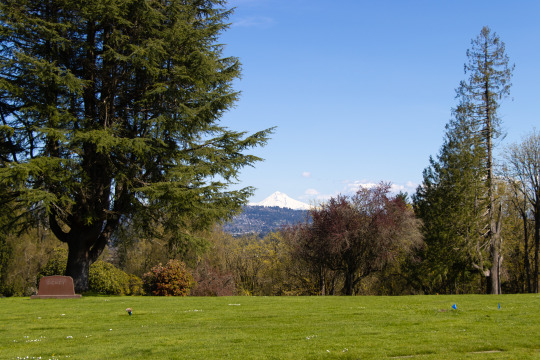
A view of Mt. Hood at Greenwood Hills Cemetery.
#god's creation#photography#canon#canon photography#pacific northwest#pnw#pnw photography#nature#nature photography#amateur photography#travel#travel photography#canon90d#canoneos#mt hood#my photography#original photography#hobby photographer#outdoor photography#outdoors#trees#road trip#wanderlust#grave stone#spring#blue sky#landscape#landscape photography
23 notes
·
View notes
Note
"furries for trees" birds
(i kknow this isnt what u meant but it was my first thought Hgjfjd)
slfhksvdmsfg FAIR! i've recently been informed if i was a bird i'd be a sparrow actually? but what i'm looking for here is How To be A Western Red Cedar please please please please please let me be a tree
#guy who gets stoned and goes for a walk and hits on the trees at the park voice. its ok they flirt back#jam replies#friends#the THING IS i have put thought into what my fursona would be (pacific marten) but i feel alienated from being a person in a way where it's#more like.. being human is my fursona. humans are an animal. i'm a fey thing. i should be a tree
3 notes
·
View notes